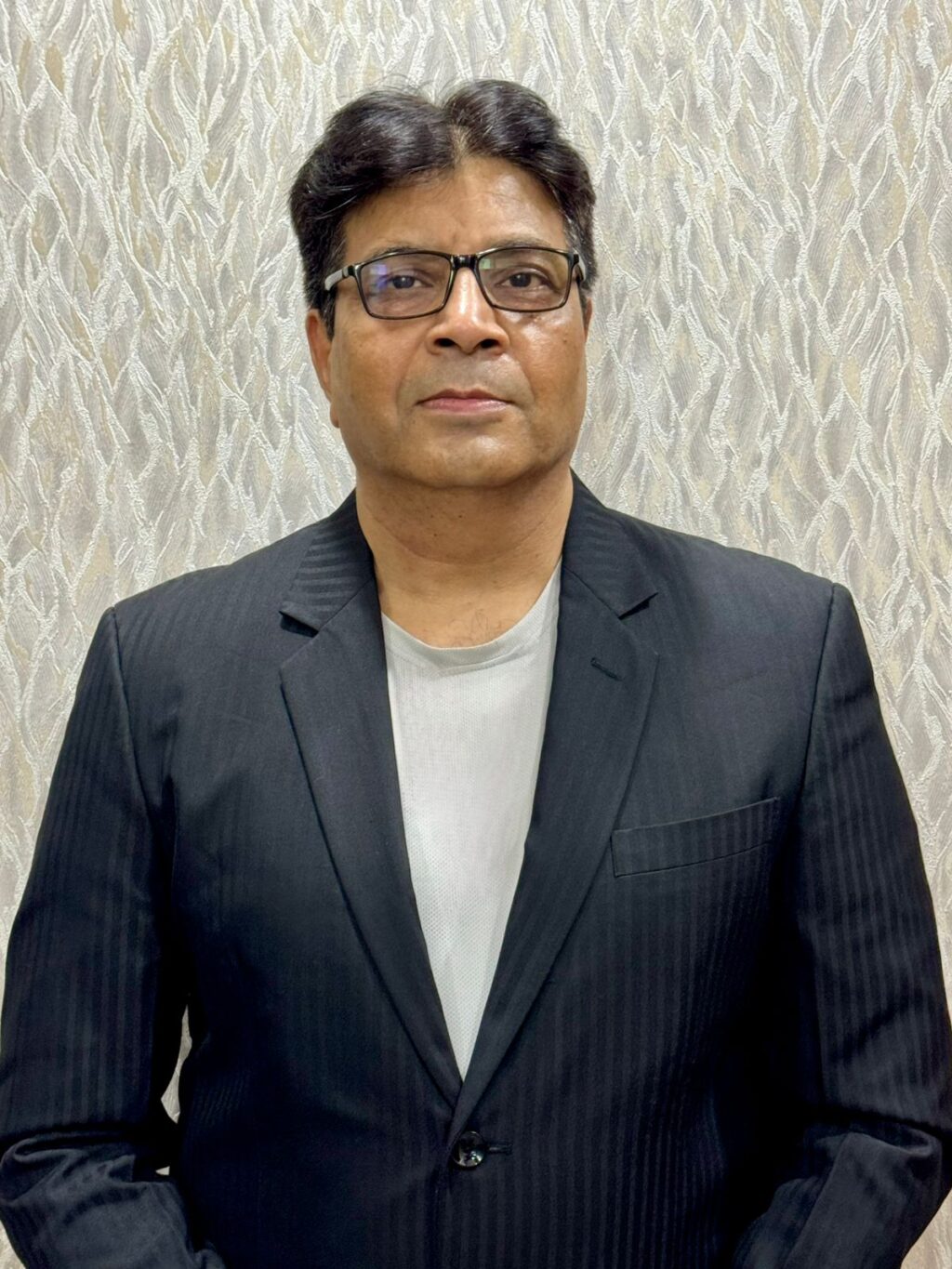Powering India’s Digital Future: Vivek Gupta on Panembra Tech’s Mission to Transform Telecom Manufacturing and Semiconductor Self-Reliance

In an exclusive interaction with Vivek Gupta, Director of Panembra Tech, we delve into how the company is reshaping India’s telecom manufacturing landscape through deep-tech innovation and end-to-end vertical integration. Panembra has emerged as a catalyst in reducing India’s dependency on imported smart card technologies by pioneering the country’s first fully integrated SIM manufacturing ecosystem spanning chip OS development, card production, personalization, and fulfillment.
With its homegrown SMARTOS platform, next-gen readiness for 5G, IoT, and eSIM, and a strategic focus on localization, Panembra is not only redefining cost efficiency and supply chain resilience for telecom operators but also accelerating India’s ascent toward semiconductor and digital infrastructure self-reliance.
1. How is Panembra revolutionizing the telecom sector through its vertically integrated manufacturing model?
Panembra is redefining the telecom manufacturing landscape by building India’s first truly vertically integrated smart card production ecosystem. Unlike traditional suppliers who rely on fragmented, import-driven supply chains, Panembra controls every stage of the value chain from chip operating system (OS) design and card manufacturing to personalization, packaging, and fulfillment. This end-to-end integration enables complete quality control, faster delivery timelines, and unparalleled customization for telecom operators. By developing its proprietary Smart Card OS, SMARTOS, Panembra also eliminates dependency on foreign software, enhancing both data security and operational agility. This integrated model not only streamlines the production process but also positions India as a self-sufficient hub for high-security smart card solutions, aligning closely with the nation’s “Make in India” and “Digital Bharat” missions.
2. What key factors enabled Panembra to significantly reduce SIM card procurement costs for Indian telecom operators?
Panembra’s success in driving down SIM card procurement costs stems from its strategic decision to localize and consolidate the entire production ecosystem within India. By eliminating import dependencies, freight costs, and fluctuating currency risks, the company has achieved substantial savings for telecom operators. Its in-house SMARTOS platform further reduces licensing costs associated with third-party software, while automation and integrated fulfillment help minimize operational overheads. These efficiencies collectively enabled Panembra to reduce SIM costs by more than 60% compared to global benchmarks. As a result, major Indian telecom players now have access to world-class, secure SIM cards at globally competitive prices, while supporting the growth of India’s domestic electronics and semiconductor ecosystem.
3. With SIM pricing now aligned globally, how is Panembra leveraging this advantage to expand internationally?
Having achieved cost parity with international SIM pricing, Panembra is strategically expanding its global footprint by leveraging its “Made in India” advantage. The company’s ability to deliver high-quality, compliant, and customizable SIM solutions at globally competitive prices allows it to target new markets, particularly in emerging economies across Asia, Africa, and the Middle East. Beyond traditional SIM cards, Panembra is also providing operator-ready solutions tailored for IoT devices, enterprise connectivity, and MVNO ecosystems. This expansion not only validates India’s manufacturing capabilities on the global stage but also strengthens the nation’s position as a credible exporter of advanced telecom technologies. Panembra’s combination of cost competitiveness, supply chain security, and product innovation has made it a preferred partner for telecom operators seeking both efficiency and reliability.
4. What upcoming technologies, such as 5G, IoT, and eSIM, is Panembra focusing on to stay ahead in the smart card ecosystem?
Panembra is actively investing in future-ready technologies to stay ahead of the evolving telecom landscape. The company’s SMARTOS platform is already 5G-ready and supports advanced features like over-the-air updates, enhanced authentication, and secure key management for next-generation networks. Recognizing the rapid growth of connected devices, Panembra has also developed IoT-specific SIMs optimized for machine-to-machine (M2M) communication in sectors like logistics, smart mobility, and industrial automation. Furthermore, the company is advancing its capabilities in eSIM and remote provisioning technologies, enabling seamless device connectivity without the need for physical SIM swaps. By anticipating these shifts, Panembra is ensuring its relevance across both consumer and enterprise applications in the new era of digital connectivity.
5. How does Panembra’s approach to localization strengthen India’s vision for semiconductor self-reliance?
Panembra’s localization strategy directly supports India’s ambition to become self-reliant in semiconductor and digital infrastructure manufacturing. By indigenizing every layer of SIM card production from chip design and software development to testing and personalization the company ensures that value creation and intellectual property remain within the country. This localized approach enhances supply chain resilience, reduces dependency on volatile import channels, and aligns with the government’s Atmanirbhar Bharat and Make in India programs. Moreover, Panembra’s emphasis on in-house R&D and skilled workforce development contributes to building a robust foundation for India’s broader semiconductor ecosystem. It serves as a living example of how domestic innovation and advanced manufacturing can converge to achieve technological sovereignty in critical infrastructure sectors.
6. What long-term role does Panembra envision playing in building India’s indigenous semiconductor and digital infrastructure ecosystem?
In the long term, Panembra aims to be a cornerstone of India’s indigenous semiconductor and digital infrastructure ecosystem. The company envisions itself as both a technology enabler and an ecosystem builder driving innovation in secure identity management, telecom infrastructure, and next-generation connectivity solutions. By developing homegrown intellectual property and scaling high-volume manufacturing within India, Panembra seeks to attract ancillary industries such as chip testing, OS development, and component packaging, creating a multiplier effect for the domestic semiconductor sector. Beyond telecom, it plans to extend its expertise to domains like digital payments, secure government IDs, and IoT-based authentication. Panembra’s broader mission is to position India not just as a manufacturing hub, but as a global leader in trusted, secure, and self-reliant digital infrastructure.






